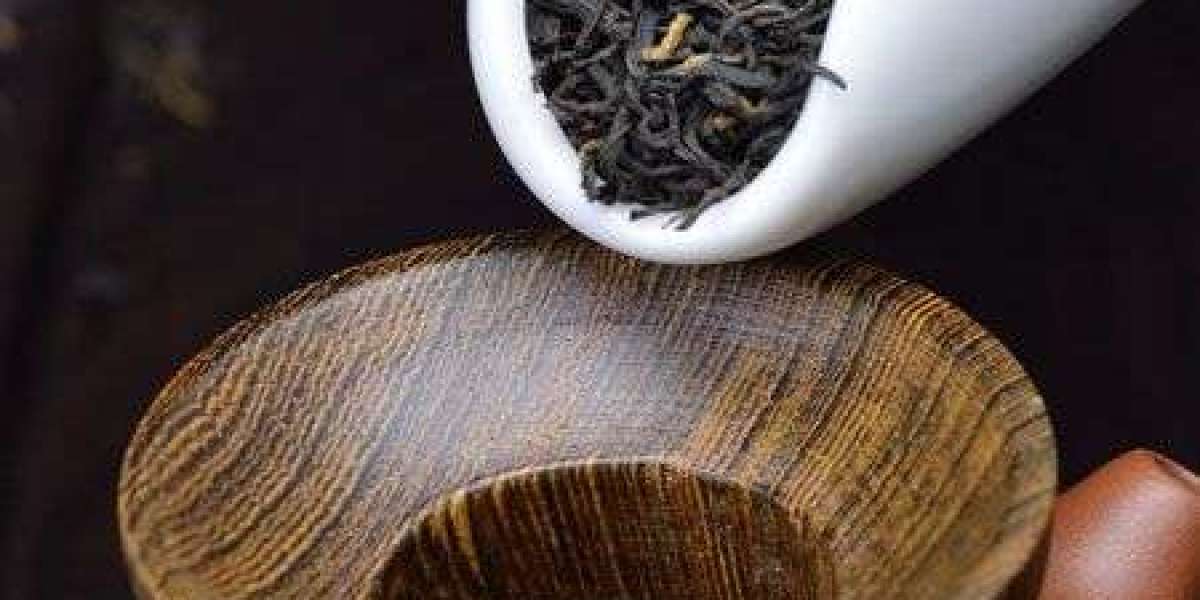1. What Is White Tea?
White tea comes from the young buds and, occasionally, the tender first leaves of the Camellia sinensis plant. What sets it apart is its minimal oxidation and gentle processing:
The leaves are withered and dried naturally, often in the sun.
There’s no rolling or fermentation, preserving the leaf’s natural shape and chemical composition.
The result is a light, floral, and subtly sweet tea, with a pale golden hue when brewed.
2. The Origins of White Tea
White tea originates from Fujian Province, China, where it has been cultivated for centuries. The most famous types include:
Bai Hao Yin Zhen (Silver Needle): made from pure buds, prized for its elegance and smoothness.
Bai Mu Dan (White Peony): includes both buds and young leaves, slightly fuller in flavor.
Shou Mei & Gong Mei: later harvests, with stronger flavor and deeper body.
Today, white tea is also grown in Nepal, India, Sri Lanka, and even Africa, but Fujian remains the benchmark for authenticity.
3. Health Benefits of White Tea
White tea is rich in antioxidants, particularly catechins and polyphenols, which help:
Neutralize free radicals
Support heart health
Improve skin elasticity
Promote gentle energy and mental clarity (due to low caffeine)
Its low caffeine content makes it ideal for those sensitive to stronger teas or coffee, and its natural sweetness means no added sugar is needed.
4. How to Brew White Tea
To preserve its delicate nature, brewing white tea requires care:
Water temperature: 75–85°C (165–185°F), never boiling.
Steeping time: 2–5 minutes, depending on leaf size and personal taste.
Leaf quantity: about 2–3 grams per 150 ml of water.
Use glass or porcelain teapots to appreciate the color and aroma. High-quality white tea can be steeped multiple times, with flavor evolving in each infusion.
5. Taste Profile and Pairing
White tea’s taste is light, with:
Floral, honey-like notes (especially Silver Needle)
Hints of melon or hay (common in Bai Mu Dan)
A silky texture and clean finish
It pairs well with:
Light pastries
Fruit
Mild cheeses
Fresh spring meals
Conclusion
White tea offers a moment of quiet luxury. Its gentle flavor and elegant history make it perfect for slow, mindful sipping. Whether you’re seeking a healthy alternative to coffee or a refined companion to your afternoon ritual, white tea is an exquisite choice that soothes the body and uplifts the spirit.








